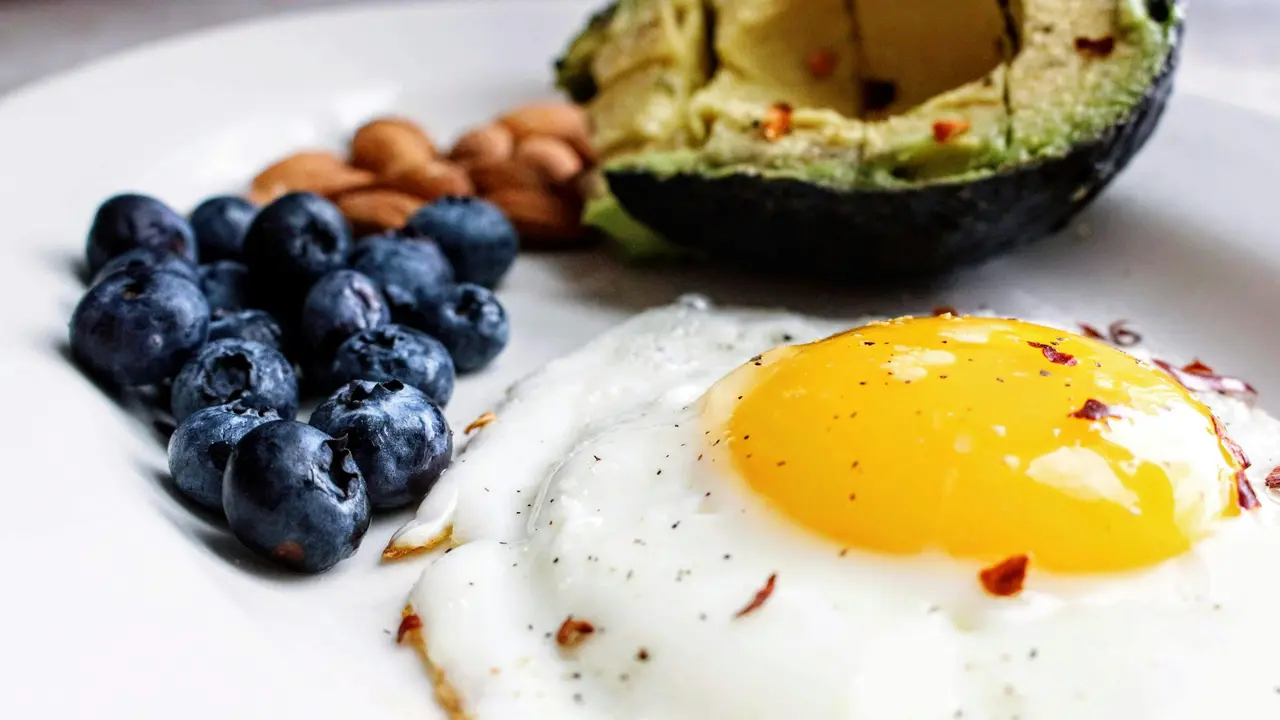Have you ever wondered what is the diet of a manatee? These gentle giants of the waterways have a unique eating routine that is fascinating to explore. In this article, we’ll dive deep into their diet, feeding habits, and the types of vegetation they prefer. Get ready to discover the culinary preferences of manatees!
Understanding What Is the Diet of a Manatee
The Basics of Manatee Nutrition
Manatees are herbivorous mammals, which means their diet consists mainly of plants. They primarily consume aquatic vegetation, including:
- Seagrasses
- Water lettuce
- Algae
- Duckweed
- Coontail
These plants are abundant in shallow coastal areas, rivers, and lakes where manatees tend to inhabit. Understanding their diet is crucial for conservation efforts, as these habitats are essential for their survival.
The Role of Aquatic Plants in Their Diet
Manatees play a vital role in the ecosystems they inhabit, mainly through their grazing habits. By consuming various aquatic plants, they help maintain the health of seagrass beds, which are critical for other marine life. This not only supports biodiversity but also contributes to the water quality by controlling algae growth.
The Feeding Habits of Manatees
How Manatees Feed
So, how do manatees consume their food? These creatures have a specialized set of adaptations that assist them in feeding:
- Flat, paddle-shaped flippers for maneuvering in the water
- A flexible upper lip that acts like a hand to grasp plants
- Strong, flat teeth designed for grinding vegetation
Manatees are known to spend a significant portion of their day feeding, often consuming around 10-15% of their body weight in plants daily.
Feeding Behavior and Patterns
Manatees are generally solitary animals, but they can be spotted in small groups while feeding. Their feeding habits can vary based on the season and water temperature:
- In warmer months, they tend to explore a wider variety of aquatic plants.
- During colder months, they may migrate to warmer waters, where the availability of certain plants can change.
This adaptability in feeding behavior helps sustain their nutritional needs year-round.
Conservation of Manatees and Their Diet
The Impact of Habitat Loss
With the growing threat of habitat loss due to pollution, urban development, and climate change, understanding what is the diet of a manatee becomes even more significant. The degradation of seagrass meadows directly impacts their food source. Conservation efforts are essential to protect these habitats to ensure the survival of manatees.
Feeding Habitats Preservation
Several organizations and environmental groups are working to preserve and restore the habitats critical to manatee feeding. By focusing on:
- Reducing water pollution
- Establishing marine protected areas
- Restoring seagrass beds
Efforts are being made to ensure that manatees have access to the vegetation they need to thrive.
What You Can Do
Getting Involved in Manatee Conservation
If you’re interested in helping safeguard the future of manatees and their diet, consider taking action. You can:
- Participate in local clean-up efforts
- Educate yourself and others about manatees
- Support conservation organizations
Every small effort contributes to a larger cause and helps protect these magnificent creatures.
Conclusion
Understanding what is the diet of a manatee provides insight into their role in aquatic ecosystems and highlights the importance of conserving their habitats. These gentle giants rely heavily on a variety of aquatic plants and play a key role in maintaining the health of marine environments. By learning about their feeding habits and supporting conservation efforts, we can help secure a future for manatees. If you found this article helpful, don’t forget to share it with others or check out our other fascinating articles on wildlife conservation!
Diet – Useful Links
- Harvard T.H. Chan – Diet Reviews
- CDC – Healthy Eating Tips
- MedlinePlus – Nutrition
- American Heart Association – Diet and Lifestyle Recommendations
- Mayo Clinic – Healthy Diets
